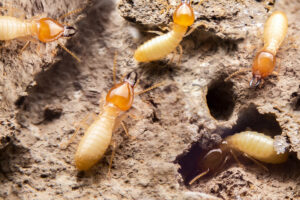Termite Detection and Prevention
Termites, often referred to as ‘silent destroyers,’ can cause significant damage to your home if left undetected. For homeowners and DIY enthusiasts, taking proactive steps towards termite detection and prevention can save thousands of dollars in repair costs and protect your precious abode. This guide aims to equip you with the knowledge and tools to keep your home termite-free.
Understanding Termites and Their Habits 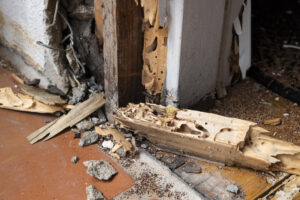
Termites thrive on cellulose, a component found in wood. While they play a crucial role in nature by breaking down dead trees, they can’t differentiate between a fallen log and the wooden structures of your home. They primarily include two types that concern homeowners: subterranean and drywood termites. Subterranean termites build their colonies underground and are known for creating mud tubes, while drywood termites live within the wood they consume.
 Signs of Termite Infestation
Signs of Termite Infestation
Early detection is key to preventing termite infestations. Look out for the following signs:
- Mud Tubes: These pencil-sized dirt tunnels are usually found near the foundation of your home.
- Wood Damage: Termites tend to eat wood from the inside out, so if your wooden structures sound hollow when tapped, it might indicate a problem.
- Discarded Wings: After swarming to start new colonies, termites shed their wings. Finding these near windowsills and doors is a common sign of infestation.
Websiteconstructionconsumeradvocacyinstitute.com
Podcastanchor.fm/galloway
www.youtube.com/@ConstructionConsumerAdvocacy
1-314-520-6655
DIY Termite Detection Methods 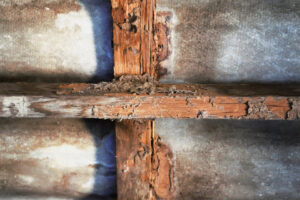
- Visual Inspection: Regularly inspect your home for signs of termites, especially in areas where wood comes into contact with the ground.
- Termite Baits: Available at hardware stores, termite baits can detect and control termite populations. Place them around the perimeter of your home to monitor activity.
- Moisture Meters: Since termites are attracted to moisture, using a moisture meter can help identify potential termite hotspots by detecting elevated moisture levels in wood.
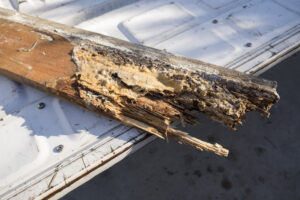 Prevention Tips
Prevention Tips 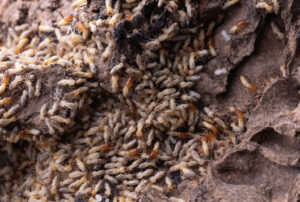
- Reduce Moisture: Repair leaking faucets, water pipes, and AC units. Ensure gutters and downspouts direct water away from your home’s foundation.
- Remove Food Sources: Keep firewood, lumber, or paper away from your home’s foundation. Trim any trees or shrubs that make direct contact with your home.
- Ensure Proper Ventilation: Adequate ventilation in crawl spaces, attics, and basements reduces moisture buildup that attracts termites.
- Regular Maintenance: Seal gaps around gas and water lines where termites might enter your home. Regularly inspect your home’s foundation for signs of mud tubes.
When to Call a Professional
While DIY methods can be effective in detecting and preventing termite activity, some infestations require professional treatment. If you discover a large colony, extensive damage, or your DIY methods don’t seem to curb the problem, it’s time to call in the experts. Professional pest control services can offer more comprehensive solutions, including soil treatments and fumigation, to eradicate termite colonies.
A Final Word of Caution
The idea of keeping your home safe from termites might seem daunting, but by incorporating these detection and prevention techniques into your regular home maintenance routine, you can protect your home from these unwelcome guests. Remember, the cost of prevention is always less than the cost of repair. Stay vigilant, and don’t hesitate to seek professional help when needed.
DIY termite detection and prevention require diligence and regular upkeep, but the peace of mind knowing your home is protected is invaluable. With the right knowledge and tools at your disposal, you can keep your home safe from the silent destroyer. 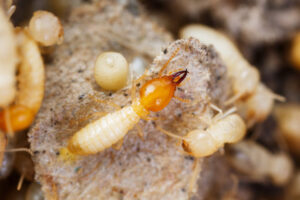
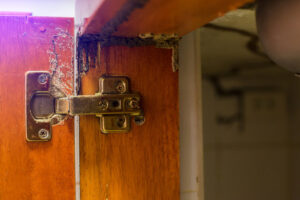

Websiteconstructionconsumeradvocacyinstitute.com
Podcastanchor.fm/galloway
www.youtube.com/@ConstructionConsumerAdvocacy
1-314-520-6655


